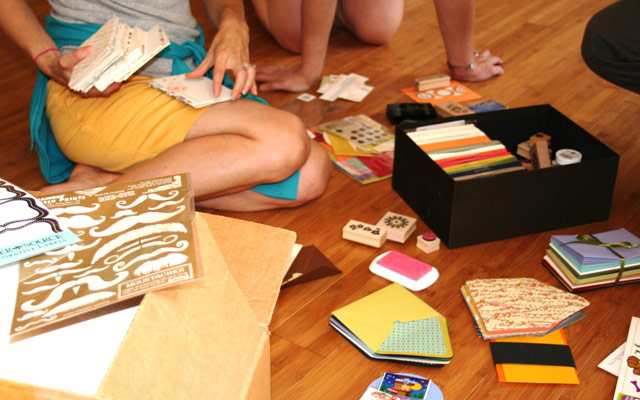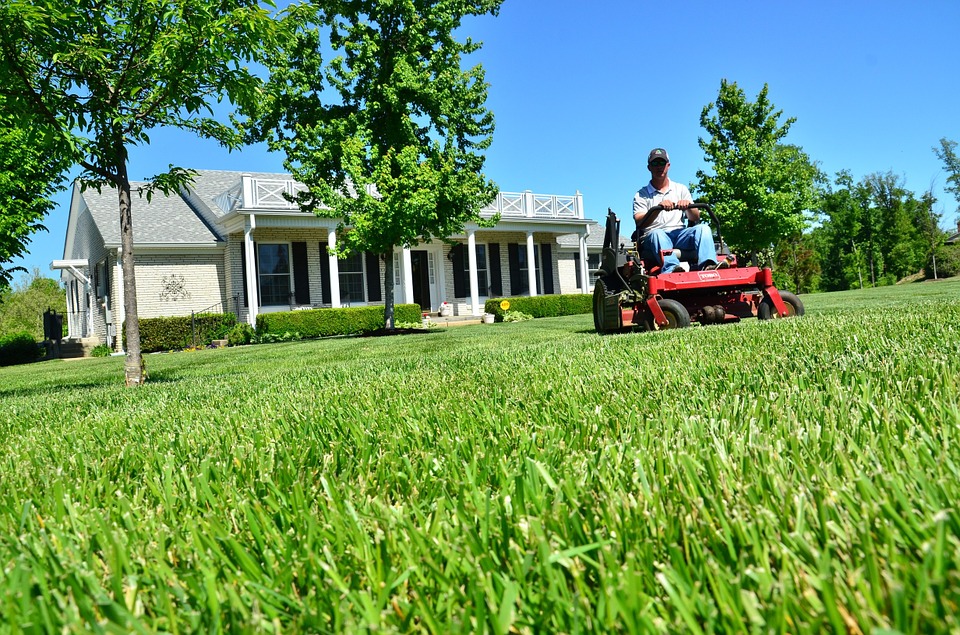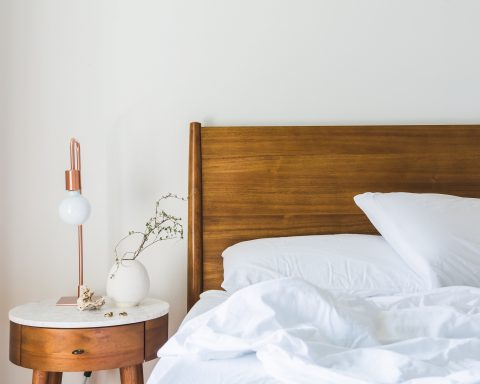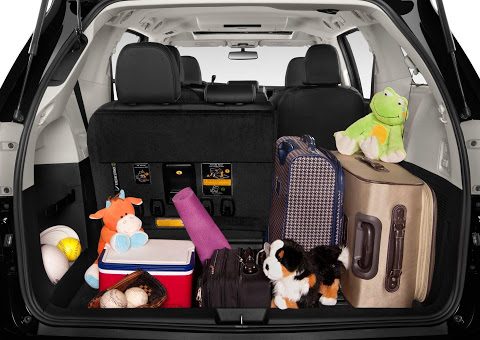Papercrafting is so popular nowadays, which is great because it brings many benefits including:
- Relaxation
- Opportunities to socialise
- Creative expression
- Potential for additional income
It is a really fantastic hobby to have, but it can be tricky when you have just begun learning how to do different things and it seems like every project is a learning curve! Papercrafts are challenging at first, but once you get the hang of a few skills it does become easier. One great tip, before we move on to the super useful ones below, is to never be afraid to spend time looking up tips, tricks and advice from people who have been doing it longer than you. Crafting is a passion and everyone who does it, wants to share and learn, so take advantage of that to get the best insight into making your projects go well, it is also a great way to meet new people!

Here are some useful papercrafting tips:
For The Best Straight Lines, Use A Knife And A Ruler
Attempting straight line cutting without any tools is the fastest way to waste your art and craft supplies, because it is so easy to get wrong. To avoid cutting all your nice paper down to nothing desperately trying to get that perfect straight line, and to avoid your end result looking super amateur, use a knife and a ruler to make the cut. Steel safety rulers are your best bet as they help you avoid making any cuts or worse to yourself. Alternatively you could invest in a guillotine, which aren’t really worth the money for crafting simply because they are usually so big and craft cutting tends to be smaller scale. However, if you do see one on a car boot or for cheap anywhere, they aren’t a bad piece of kit to have. Alternatively stick with a steel ruler and sharp craft knife available from most online and high street craft stores.
Use Sharp Knives For Better Results And Safety
The duller and blunter the knife, the more likely you are to hurt yourself because you will be using the knife over and over and applying more pressure which in turn makes you more likely to cut yourself. You will also waste a lot of time using a blunt knife and possibly mess up your paper craft project. So all round it is best to use a sharp knife for your crafts. Your knife will become blunt if you use it a lot, so it is worth investing in a good quality sharpener and perhaps having a few craft knives just in case one becomes blunt and you don’t have time to sharpen it at the time.
To Cut Curves Use Scissors Rather Than Your Craft Knife
When you are cutting a curve in any piece of paper, use a pair of scissors rather than your craft knife. Follow the curve around with your hand, moving the paper when you can’t use your wrist any more. When the scissors become blunt make sure you sharpen them as you will make extra work for yourself cutting with blunt scissors. It is also a great idea to get a set of scissors able to cut at different thicknesses as you may use card or even material and may need different scissors to cut effectively. It is also worth getting different sized scissors. For example; you might be cutting a tiny circle of paper and it would be dangerous to use full sized dress scissors for the job.
Score With Something Blunt For Accurate Folds
When you’re so used to using one tool regularly, it can be easy to use it for everything. This can happen when you are scoring a fold and are going to be cutting it with the knife anyway so you score it with the knife. The problem is, when you do this is can be easy to penetrate the fold with the knife which will be very sharp. To avoid this, always use a blunt tool for scoring like a plastic ruler, folded piece of cardboard – anything you have to hand that isn’t sharp!
Get The Best Quality Paper For The Best Results
If you want excellent results, you need to invest in your equipment. There is nothing wrong with using scraps and low quality equipment for practise (something you should do at the beginning of your learning curve!), but if you are wanting to make high quality paper crafts, and maybe even sell them, you will need to get good quality paper that holds its shape and that can take you folding it, painting it, embellishing – things photocopier paper simply could not handle.








